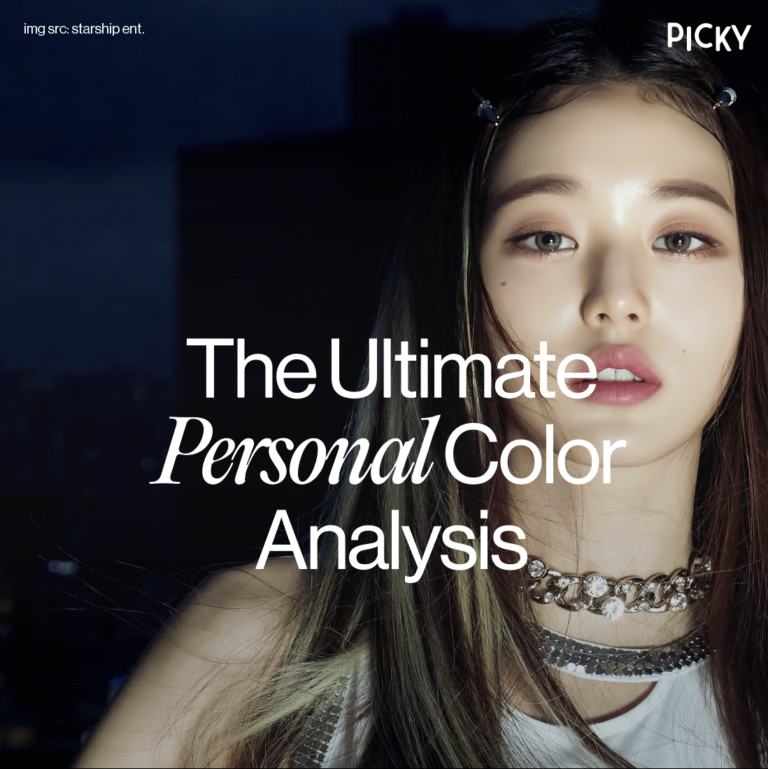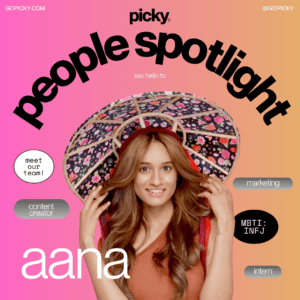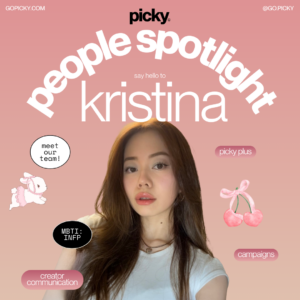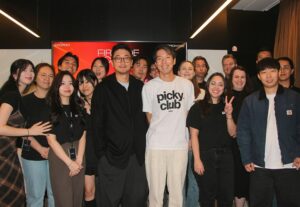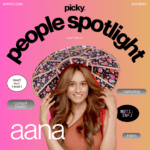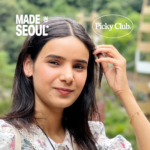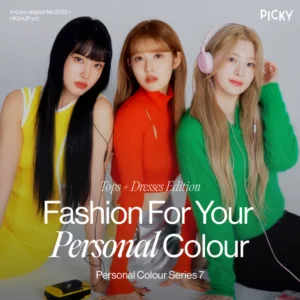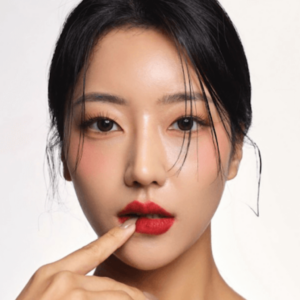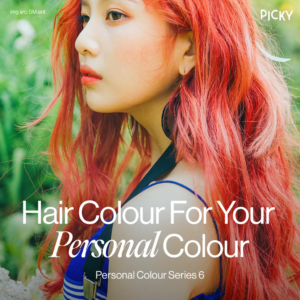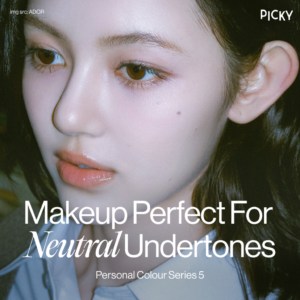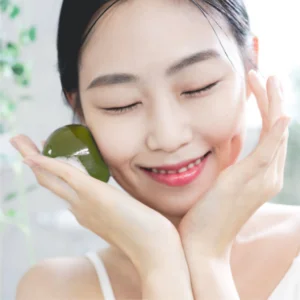What’s the Korean secret to a flawless face? It’s probably personal color! K-beauty reveals understanding colors to use flattering products which complement your skin complexion, undertones, and defining features, can do wonders for your daily routine. Knowing what colors suit you can not only help you save time and money when shopping for makeup but also refine your look and give you an extra boost of confidence!
How much does it usually cost?
The beauty girlies know that investing in learning about your personal color is so worth it. Just ask this Korean athlete here:
Gen Z consumers from all around the globe are flocking to South Korea to get personal color analyses despite an average flight ticket to Seoul costing around $500. A Personal Color Analysis done in Seoul can cost from 70,000 to 150,000 won or around 55 to 120 USD, and usually more expensive if the service is available in English.
With jargon like “dark autumn”, and “summer cool” – there are lots to consider which can be seriously overwhelming, but this ultimate guide will help you get a better understanding of this TikTok-viral craze.
What is Personal Color Analysis?
Read more here – but in short, it’s evaluating what colors suit you best based on your skin tone. Understanding personal color theory has been a key tool for makeup artists and fashion stylists for years in Korea. It’s why some K-pop stars or Korean actors often have makeup and outfits that look like it was perfectly personalized for them!
Very simply, personal color can be divided into warm or cool. However, Koreans go beyond that. First – they correlate their personal color to seasons. Koreans discuss if they’re a warm or cool spring, summer, autumn, or winter. The extensive details are in if you’re a bright, mute, true, or deep.
Are you a cool or warm tone? Here’s a checklist to find out!
| Warm | Cool |
| I tan easily when under the sun | I get red when under the sun |
| I suit gold jewelry more | I suit silver jewelry more |
| I feel like I have more yellow undertones | I feel like I have more red undertones |
| I feel like I look better with peachy/orangey makeup | I feel like I look better with pinky/purple makeup |
| Under the sun my veins appear more green | Under the sun my veins appear more blue |
| I would prefer wearing an all-brown outfit | I would prefer wearing an all-gray or all-black outfit |
| I feel like I would look better in green or beige eyeshadow | I feel like I would look better in blue or gray eyeshadow |
If you feel like you can check off all the boxes, you might be a neutral tone! Lucky you, that means you’ll likely have little trouble looking for colors that fit you. Click here to find out what K-beauty makeup products best suit neutral tones.
Are you a Spring/Autumn Warm? Or a Summer/Winter Cool?
Now that you have an idea of warm versus cool – what season are you? If you’re a warm tone, it’ll be between spring or autumn. If you’re cool-toned you’ll be summer or winter.
To see which season tone you are, try putting your hand on top of these colors and see which one makes your skin look brighter and feels more flattering. Observe if your skin looks washed out and dull against a color.
- Spring warms might have bright and lively tones with high brightness and low saturation.
- Summer cools may have softer tones with high brightness and low saturation
- Autumn warms have softer tones with low brightness and saturation.
- Winter cools have stronger tones with low brightness and high saturation.
Look at the image below to get a better understanding of brightness and saturation.
The Deal with More Undertones
This part is the trickiest, and honestly, you don’t even need to go this far! Even in Korea, only sometimes are these tones considered when choosing fashion based on your personal color. So don’t be too bummed if this part’s still confusing!
- If you best suit bright colors and have an undertone that is more white, you might be a light or bright tone.
- If bright colors complement you, but you have a low saturation undertone that is grayer, you might be a muted tone.
- If you don’t seem to have white, gray, or black undertones, you might be a true tone.
- If you have high saturation or a very strong you might be a vivid tone.
- If you have a darker or richer undertone, you might be a deep tone.
Light or bright, true, and deep tones are pretty straightforward, but we provided a graph below which might help you better understand high and low saturation.
Saturation differs depending on the intensity of a tone. If you have a higher saturation means that your tone is less gray it is and more vibrant or clear-looking. If one has lower saturation it means you have more muted colors, or include gray undertones.
One test you can do at home to test this is to compare yourself wearing white, gray, and black. So, if a white top is more flattering on you than a gray one, it’s likely you have higher saturation and lean towards a vivid or bright tone.
In short, personal color doesn’t just stop at warm and cool tones. Plus, the deeper your understanding of personal colors, the better you’ll be able to understand what suits you best. However, it’s important to also understand that personal color is something you shouldn’t fully rely on when finding your style – it’s merely a tool to enhance your look and confidence!
How was this analysis? Did it help you better understand personal color, as well as help you find your own? Leave a reply to share your personal color, and if you have any tips for other Pickies just like you!
Want more fun personal color content? Make sure to stay updated with us on our socials!

